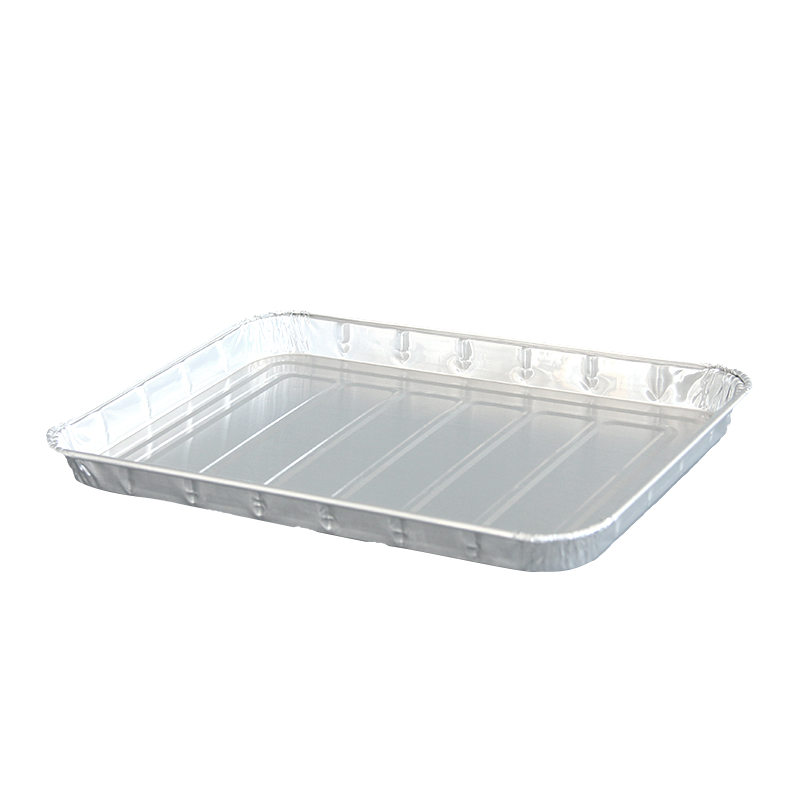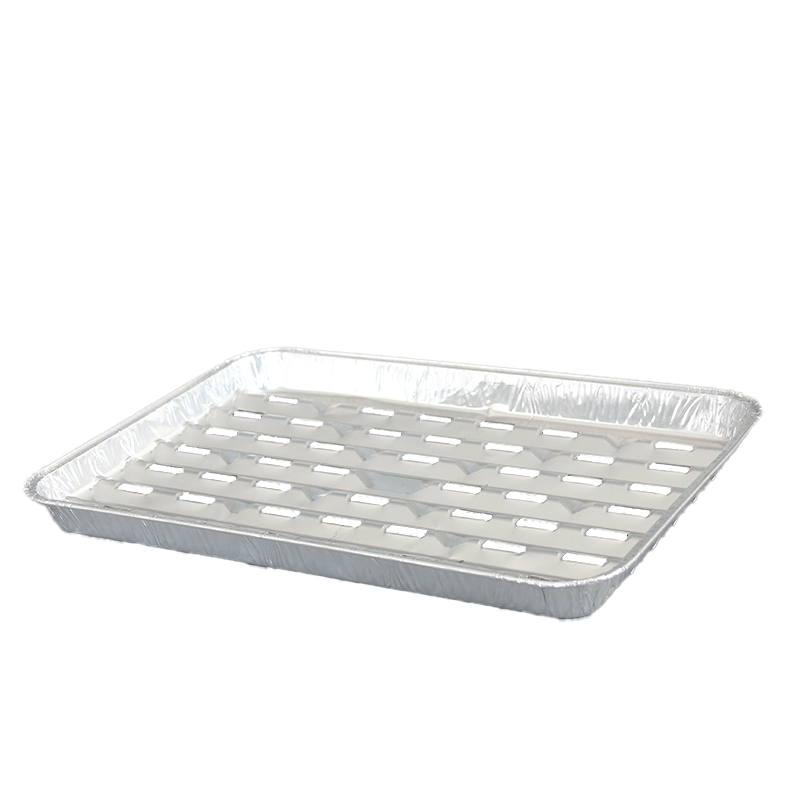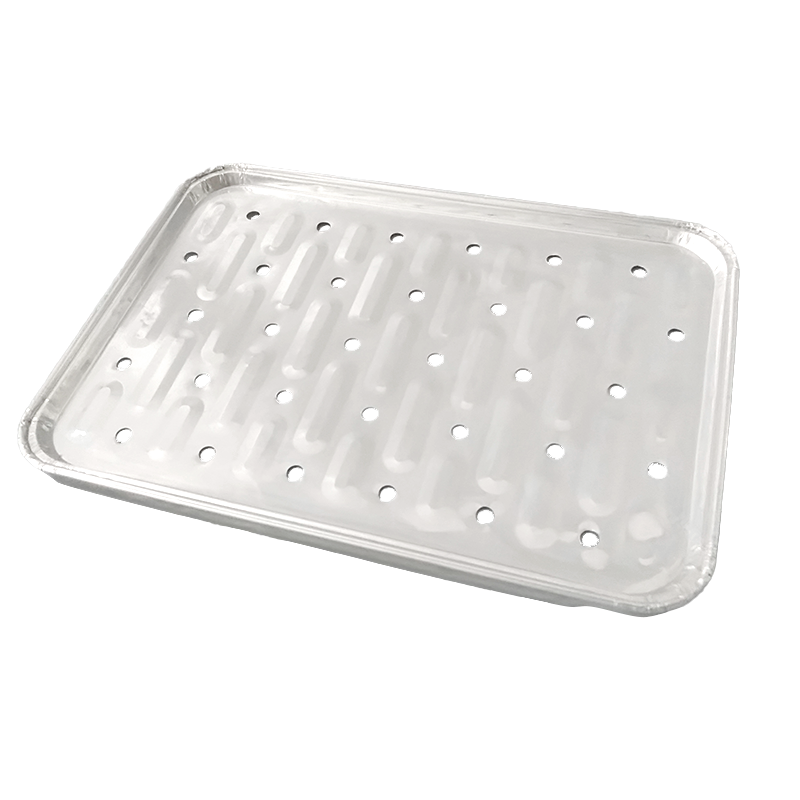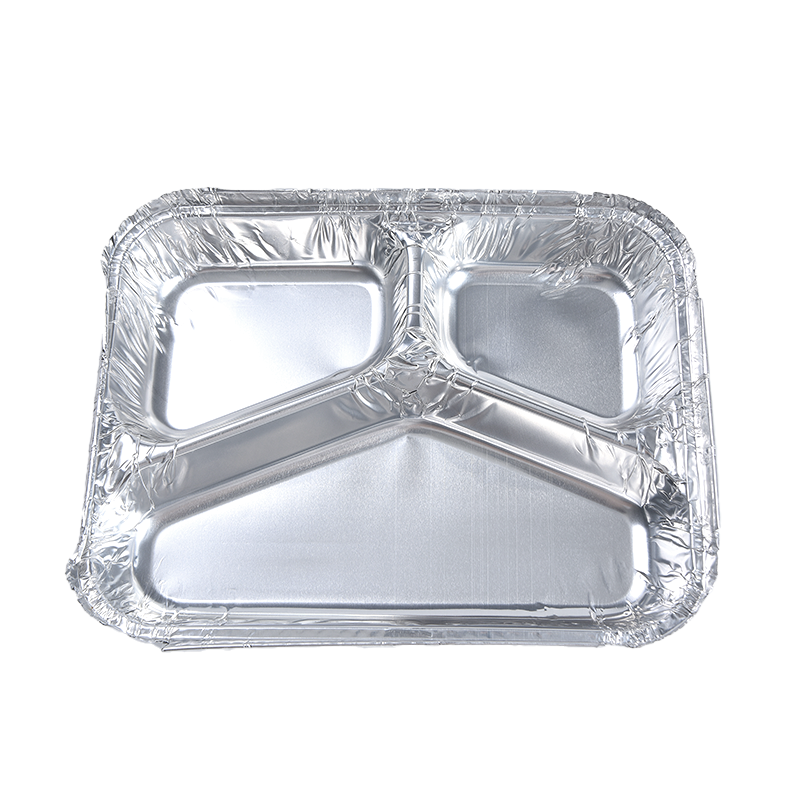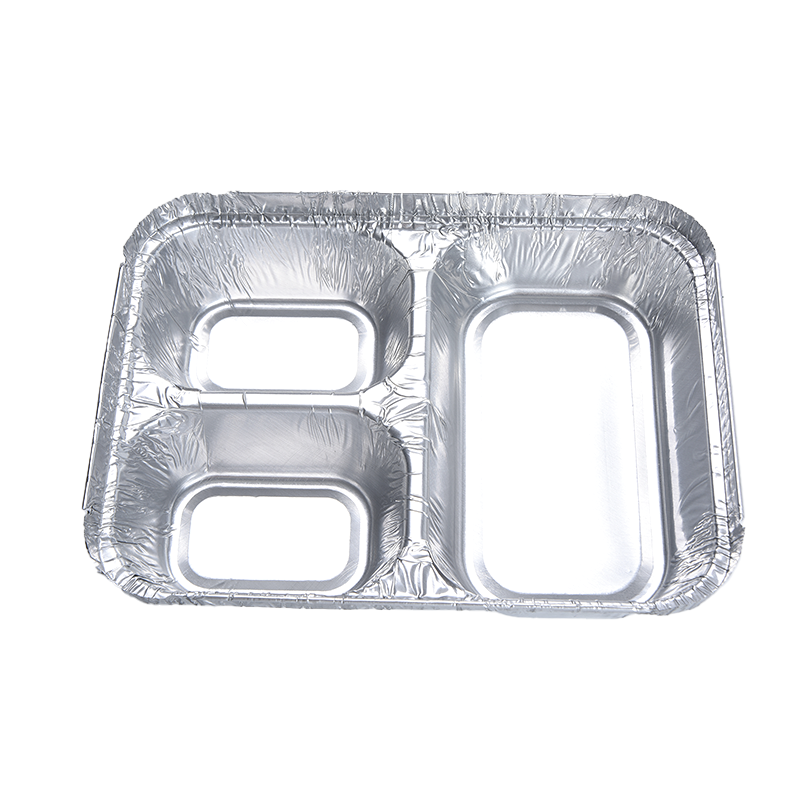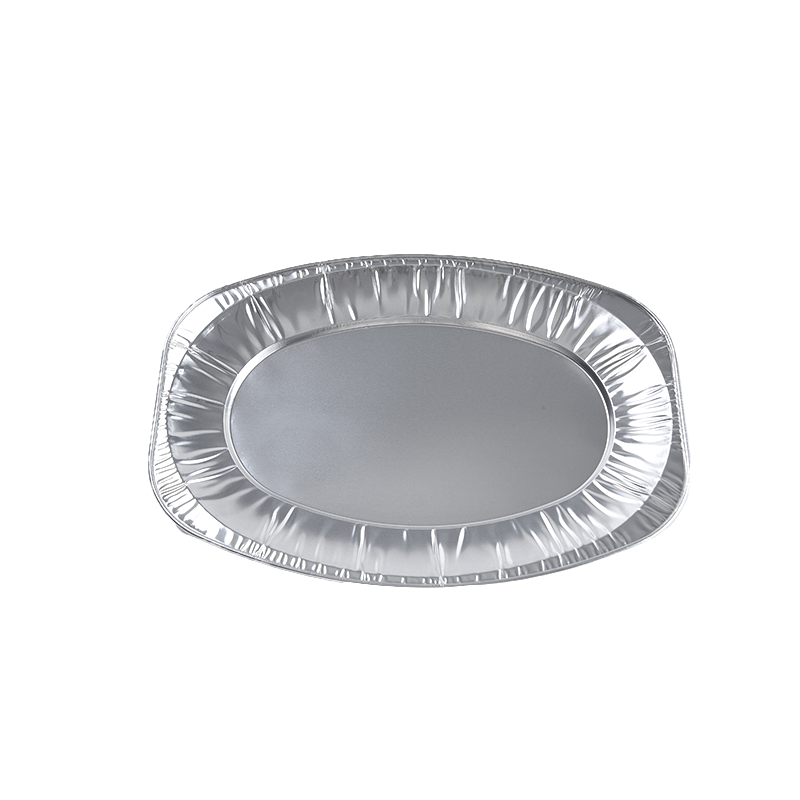Why is aluminum foil tableware becoming more and more popular in the catering industry?
Industry News-In recent years, the use of aluminum foil tableware in the catering industry has increased significantly, from takeout packaging to high-end restaurant plating.
Advantages of Aluminum Foil Tableware
1. Environmentally friendly trends drive plastic substitution
Global "plastic ban": Many countries and regions (such as the EU and China) have restricted single-use plastics, making aluminum foil a compliant alternative.
Recyclable: Compared to plastic, aluminum foil is recyclable, meeting the ESG (Environmental, Social, and Governance) requirements of the catering industry.
2. Excellent Functionality
High-temperature resistance: Aluminum foil can withstand ovens and air fryers (-20°C to 250°C), making it suitable for reheating takeout.
Freshness and leak-proofing: It blocks light, oxygen, and moisture, extending the shelf life of food (e.g., barbecue and sauce packaging).
Lightweight and durable: It is lighter than glass and ceramic, reducing shipping costs and resisting breakage.
3. Enhances the restaurant brand image
High-end appearance: Aluminum foil boxes and trays are often used in fine dining (such as Japanese cuisine and Western desserts), enhancing the visual quality. Customizable Design: Embossed logos or special textures can be added to enhance brand recognition.
4. Suitable for takeout and fast-moving consumer goods
Instant Heat and Eat: Suitable for pre-prepared meals and convenience foods (such as self-heating hot pot and instant rice).
Manageable Costs: Although the unit price is higher than plastic, its comprehensive performance (such as heat resistance and sealing) reduces packaging loss.
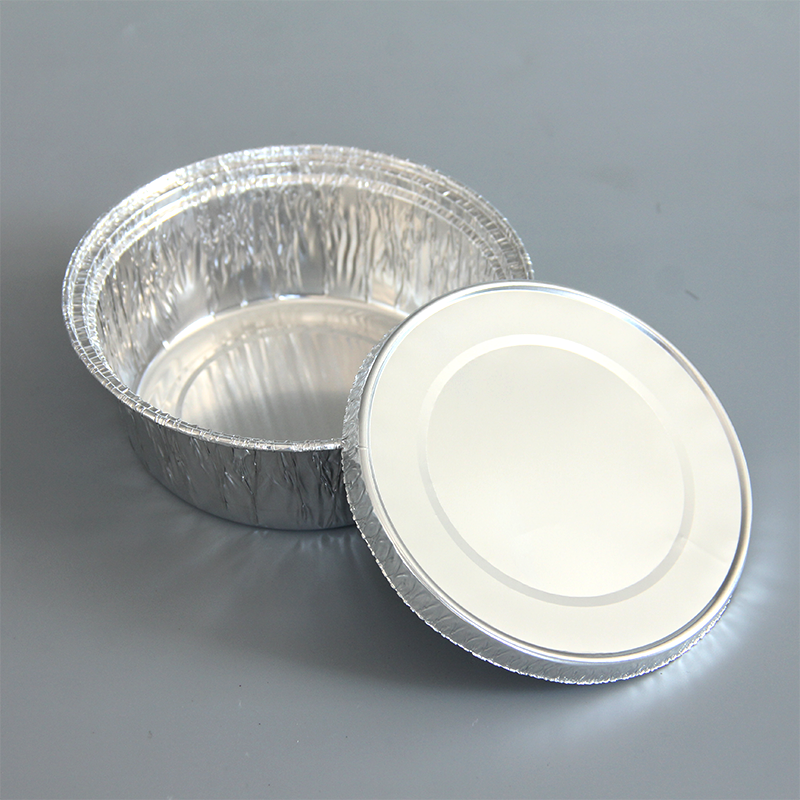
Precautions for Using Aluminum Foil Tableware
1. Applicable Temperature and Heating Methods
Safety Range:
Temperature Range: Typically -20°C to 250°C, suitable for ovens, air fryers, steamers, etc.
Microwave Contraindications: Aluminum foil reflects microwaves, causing uneven heating and even fire (unless the product is clearly marked "microwave safe").
Prohibited Use Scenarios:
Direct contact with open flames (such as gas stove flames) - easily burns through.
Direct contact with acidic sauces (such as lemon juice or ketchup) during high-temperature charcoal grilling - may accelerate aluminum ion precipitation.
2. Food Contact Precautions
Recommended Foods:
Neutral or low-salt foods (such as rice, grilled meats, and bread).
Short-term storage (recommended no more than 24 hours).
Avoid the following foods:
Highly acidic foods (such as pickled vegetables, lemons, and tomatoes)—Prolonged contact may leach trace amounts of aluminum.
Highly salty preserved foods (such as salted fish and pickled vegetables)—The salt accelerates aluminum corrosion.
Alcoholic liquids (such as alcohol and cooking wine)—Possible chemical reactions.
3. Safety Tips During Use
Correct Operation:
Check the integrity of the aluminum foil before heating to prevent damage and oil leakage.
When using in an oven, avoid contact with the heating element (maintain a distance of at least 5 cm).
When heating in an air fryer, poke small holes for ventilation to prevent steam from accumulating.
Common Mistakes:
Folding the edges of the foil too sharply can cause cuts.
Reusing deformed or greasy aluminum foil containers (they can harbor bacteria).
4. Recycling and Environmentally Friendly Disposal
How to Increase Recycling Rates:
Remove food residue after use (use a paper towel to wipe).
Place it in a separate "recyclables" bin to avoid mixing with wet trash.
Choose products labeled "Recycled Aluminum."
Behaviors that Hinder Recycling:
Discarding greasy aluminum foil containers (just rinse briefly).
Mixing with plastic wrap or tin foil (requires separation when recycling).





 English
English 日本語
日本語 عربى
عربى Español
Español
